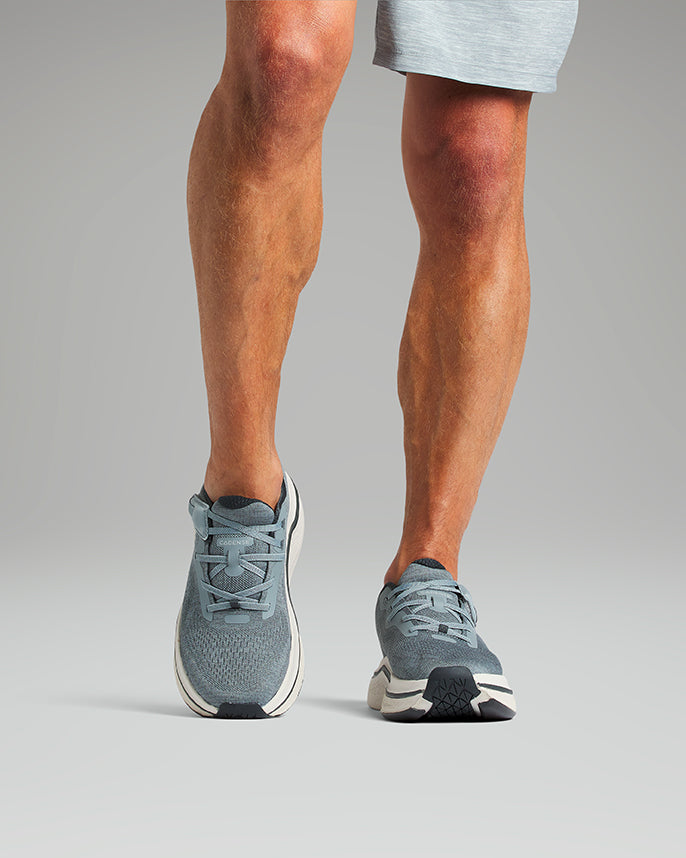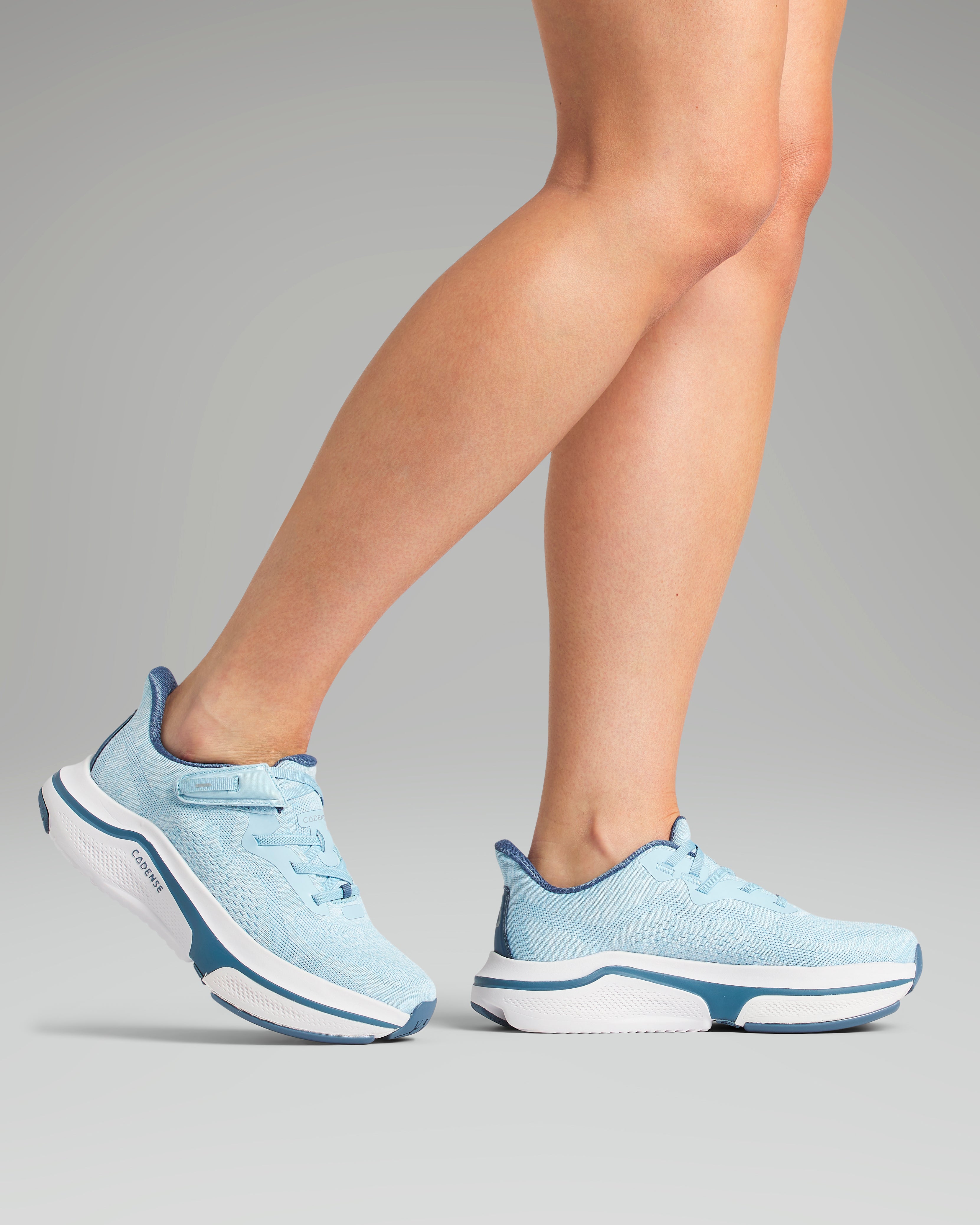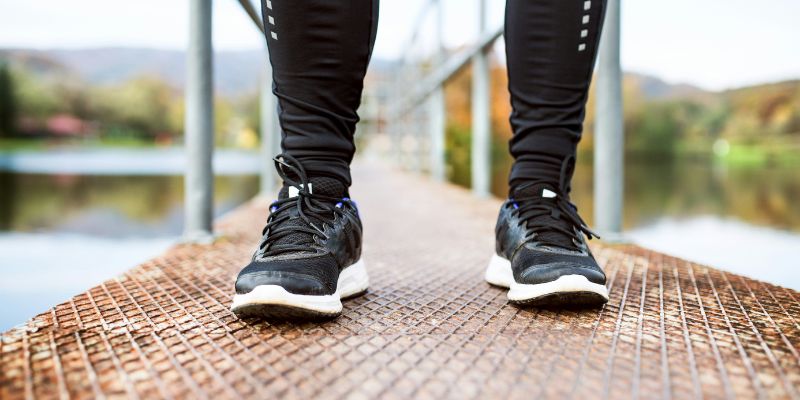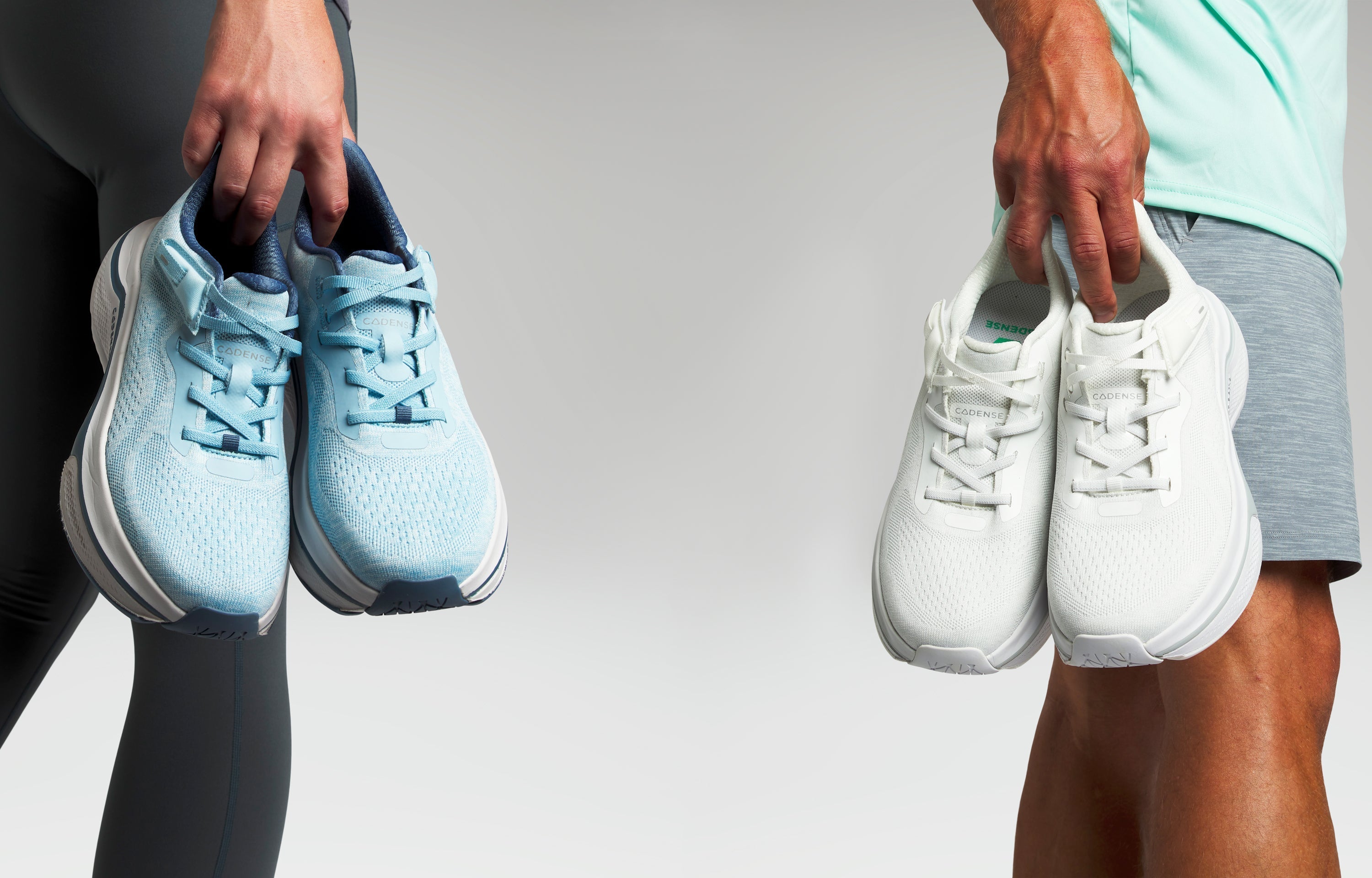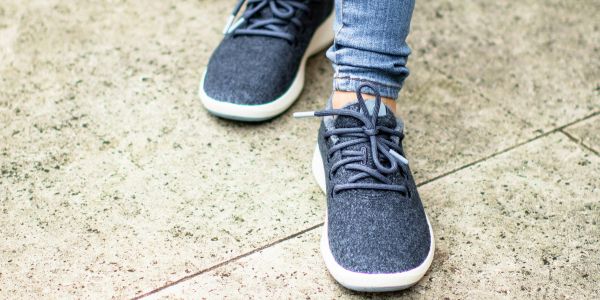
Trainers for Drop Foot and Weak Ankles: Supportive Features That Make a Difference
 If you live with drop foot, you’ll know how frustrating it can be to keep your toes from dragging or catching the ground. Add weak ankles into the mix and walking can feel even less steady. Many people with drop foot also experience ankle weakness, as the same nerves or muscles that control the foot can be affected.
If you live with drop foot, you’ll know how frustrating it can be to keep your toes from dragging or catching the ground. Add weak ankles into the mix and walking can feel even less steady. Many people with drop foot also experience ankle weakness, as the same nerves or muscles that control the foot can be affected.
This combination makes everyday mobility more difficult — particularly on uneven ground or when you’re tired. But the right pair of adaptive trainers can ease these challenges and help you move with greater confidence.
What Makes Trainers “Good” for Drop Foot?
Not every trainer is designed with mobility or balance in mind. For someone living with drop foot, footwear needs to do more than simply look stylish — it must actively support movement.
Here’s what to look for in trainers for drop foot:
-
Lightweight soles that reduce fatigue with each step
-
Flexible materials that encourage natural motion
-
Grip-focused outsoles to reduce slips or trips
-
Wide toe boxes for comfort and toe mobility
Together, these features help you walk more smoothly and reduce the chance of catching the front of your foot on the ground.
Why Do Weak Ankles Make Trainer Choice Even More Important?
When your ankles lack stability, your body works harder to stay balanced. This can lead to:
-
Frequent ankle rolling
-
Difficulty standing for long periods
-
Greater fall risk on uneven terrain
Trainers that are too narrow, stiff or unsupportive can make weak ankles feel even more unstable. That’s why adaptive trainers that blend support with flexibility are such a game-changer — they offer a secure base without limiting natural movement.
What Features Should You Look for in Good Trainers for Drop Foot and Weak Ankles?
Choosing supportive trainers means prioritising comfort and function. Look for:
-
Wide toe box for balance and comfort
Allows the foot to spread naturally, creating a steadier base. -
Lightweight, flexible soles
Reduce strain while allowing smoother, more natural movement. -
Supportive fit without pressure points
Keeps the foot secure without squeezing sensitive areas. -
Patented Variable Friction Technology
Adapts grip as you move to prevent slipping and increase control. -
Easy on/off design
Reduces effort when putting trainers on or taking them off — especially helpful if ankle weakness limits flexibility.
How Can the Right Trainers Improve Daily Mobility?
Supportive trainers don’t just make walking more comfortable — they also restore independence. With adaptive trainers designed for drop foot and weak ankles, you may notice:
-
Fewer trips or stumbles as your foot clears the ground more easily
-
Better balance on uneven or outdoor surfaces
-
Less fatigue thanks to lightweight construction
-
More confidence in public or social settings where stability matters
These benefits go beyond physical comfort — they help reduce anxiety about moving around and make everyday life feel easier.

Real-World Moments Where Good Trainers Make a Difference
Think about how the right footwear helps in daily life:
-
At the supermarket: A wide toe box and grippy soles prevent catching your foot on smooth floors.
-
Climbing stairs: Flexible soles allow smoother lifting and lower the risk of dragging toes.
-
Standing at events: Supportive designs distribute weight evenly, reducing strain on weak ankles.
-
Crossing uneven pavements: Variable Friction Technology improves grip and stability where ordinary trainers might slip.
In all these moments, adaptive trainers turn a potential challenge into something manageable.
Why Cadense Trainers Are Designed for These Challenges
Cadense Adaptive Trainers were specifically developed for people managing conditions like drop foot and weak ankles.
They bring together all the features mentioned above — from wide toe boxes and lightweight soles to adaptive grip technology and a supportive, cushioned fit.
Unlike traditional trainers that focus purely on appearance, Cadense footwear is engineered for real-life movement, so you can feel both stylish and secure wherever you go.
Move Confidently with Cadense
Living with drop foot and weak ankles doesn’t have to mean giving up independence. With the right trainers, you can walk more safely, reduce your risk of falls, and regain confidence in every step.
Explore adaptive trainers at Cadense UK — built to support drop foot, stabilise weak ankles, and help you move freely every day.

